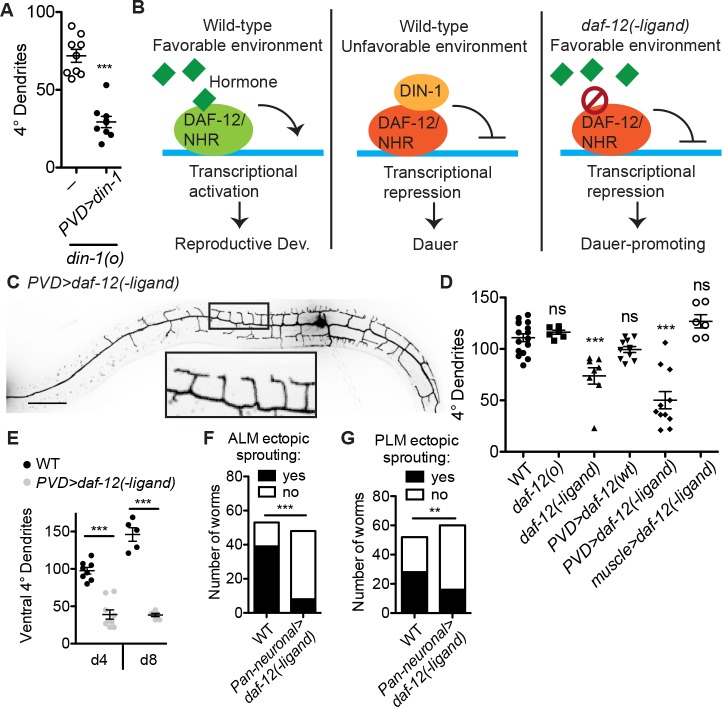Fig 2. Cell-autonomous “dauerization” delays neuron morphological aging.
(A) Expressing wild-type din-1 in the PVD neuron is sufficient to rescue dauer dendrite growth arrest in the din-1 mutant. ***P < 0.001, two-tailed t test. (B) DAF-12/NHR promotes RD when its hormone ligand is present and is essential for dauer entry when ligand is absent. The daf-12(−ligand) allele promotes dauer entry even in the presence of hormone. (C, D) PVD-specific expression of daf-12(−ligand) is sufficient to induce a dauer-like morphology, or “dauerization,” of PVD dendrite in animals that are otherwise in RD. daf-12 is not required for RD, and the daf-12(o) appears grossly wild type. Although the daf-12(−ligand) mutant promotes dauer entry, it can be grown through RD at low temperature. ***P < 0.001, one-way ANOVA with Tukey post test. (E) PVD-specific expression of daf-12(−ligand) is sufficient to delay dendrite growth in aging (day 4 and day 8) animals. ***P < 0.001, two-tailed t test. (F) Neuronal expression of daf-12(−ligand) inhibits the ectopic neurite growth, characteristic of aging worms, of the ALM day 10 and PLM day 15 neurons. ***P < 0.001, chi-squared test. See also S1 Data. Scale = 50 μm. ALM, anterior lateral microtubule; DAF-12, dauer formation abnormal; DIN-1, daf-12 interacting protein; NHR, nuclear hormone receptor; ns, not significant; PLM, posterior lateral microtubule; RD, reproductive development; WT, wild type.

